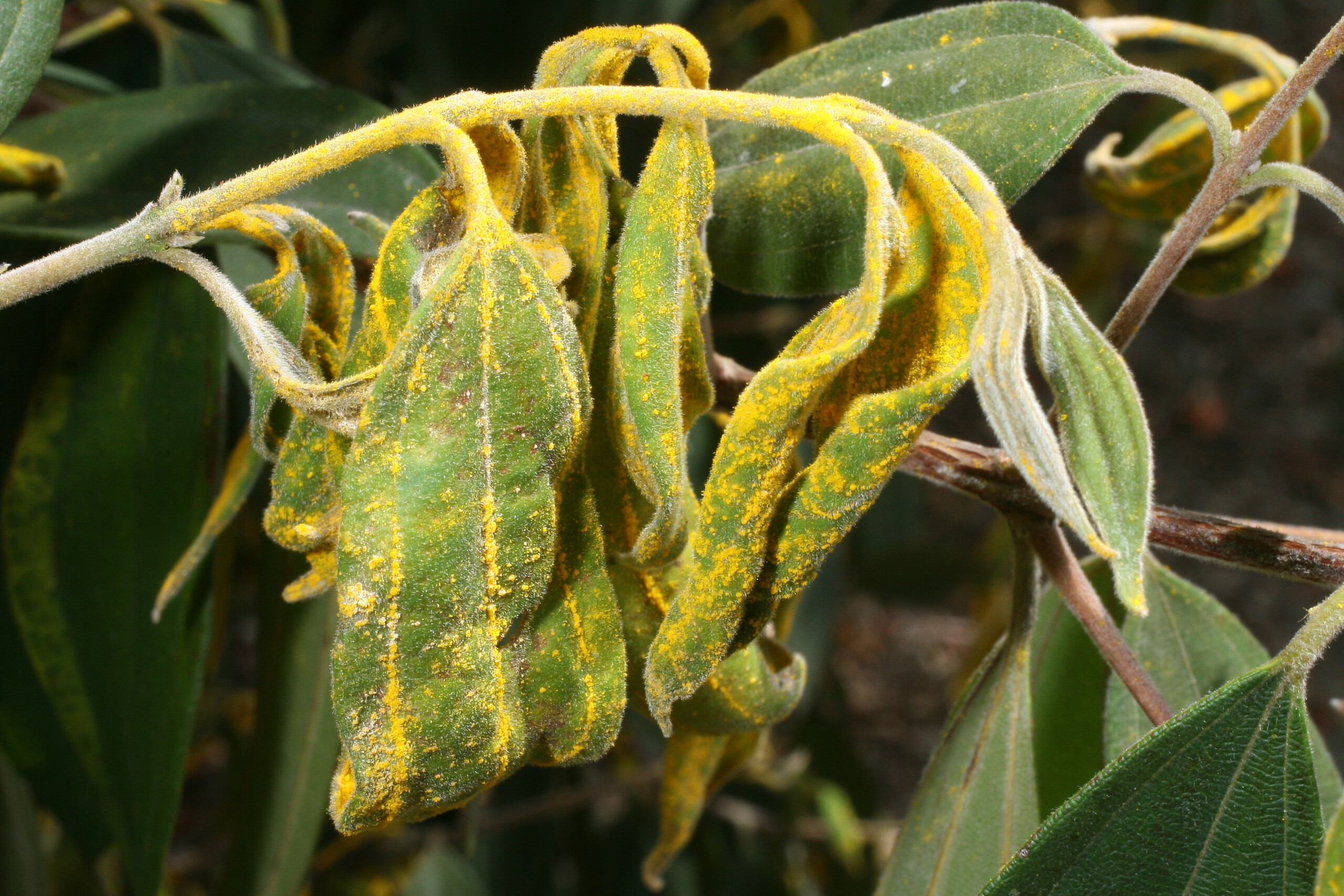This report examines the threat posed by poisonous garden plants.
Gardens are home to an alarming number of plants that are poisonous to humans and animals. Many highly toxic plant species are available for sale in Australian plant nurseries. Nearly half of all these poisonous plants are also ‘weedy’ or invasive and impact on the environment and the economy.
There is a lack of action by the garden industry despite legal advice that warns of a civil liability for not warning consumers of a plant’s properties.
This report recommends a way forward for industry, government and interest groups to work together to find low-cost solutions to the poisonous and weedy garden plant threat. The five recommendations include a proposal for a national mandatory garden plant labelling code that parallels poison and pollutant warnings used for other household products such as cleaning products and medication.
A WWF-Australia issues paper by Nicola Thompson in July 2007.







